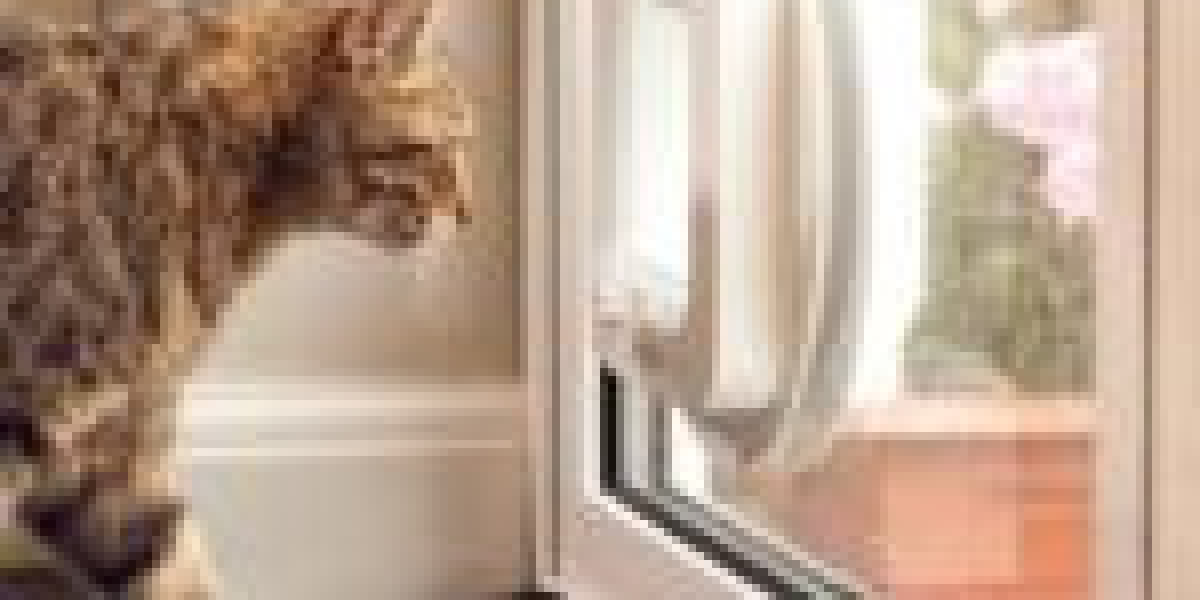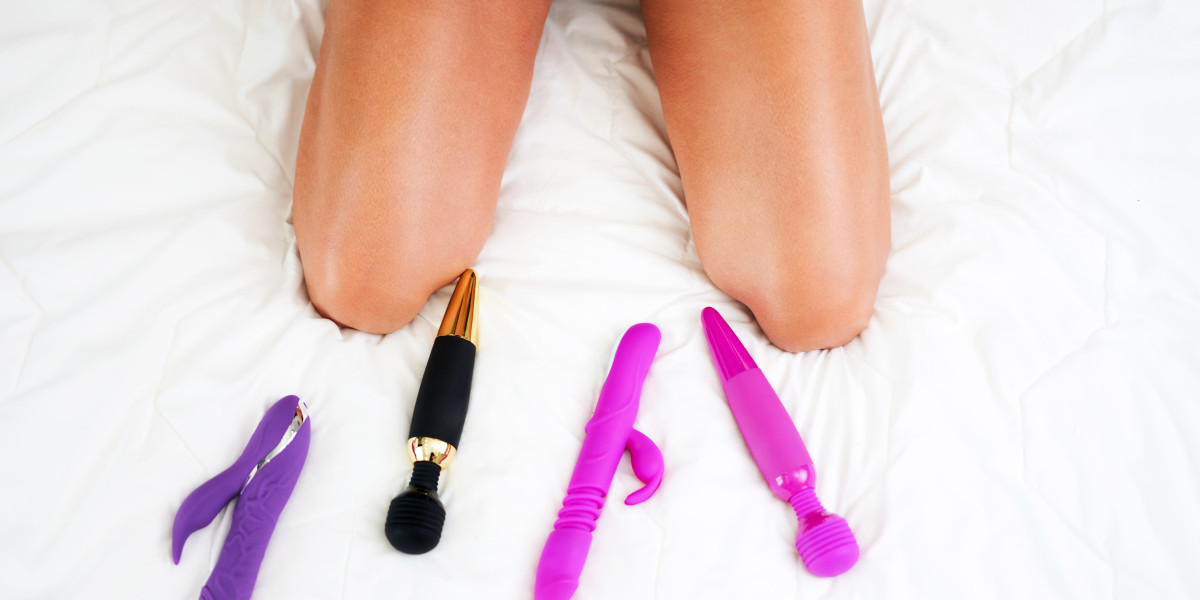The Purr-fect Solution: A Comprehensive Guide to Indoor Cat Door Installation
As any cat owner understands, offering a safe and practical way for felines to enter and leave your home can be a challenge. Traditional doors frequently posture an issue, as they can be tough for felines to open and close, and may even position a threat of unintentional escape or injury. This is where indoor cat doors come in-- a basic, yet reliable service that allows your feline buddy to come and go as they please, while keeping the convenience and security of your home.

In this post, we will dig into the world of indoor cat door installation, checking out the benefits, types, and installation processes included. Whether you're a skilled DIY enthusiast or a novice house owner, this detailed guide will provide you with all the info you need to produce a purr-fectly functioning cat door for your feline companion.
Benefits of Indoor Cat Doors
Before we dive into the installation process, let's take a look at the benefits of indoor cat doors:
• Convenience: Indoor cat doors allow your 24/7 cat flap installer to come and go as they please, eliminating the requirement for continuous door opening and closing.• Energy Efficiency: By lowering the variety of times you need to open and close traditional doors, indoor cat doors can help minimize heat loss and gain, making your home more energy-efficient.• Safety: Indoor cat doors reduce the danger of accidental escape or injury, as your cat can safely get in and leave your home without the danger of being trapped or struck by a closing door.• Reduced Stress: Indoor cat doors can help decrease tension and stress and anxiety in both cats and owners, as they eliminate the requirement for repairmywindowsanddoors.co.uk constant door tracking and develop a more serene living environment.
Types of Indoor Cat Doors
When it comes to indoor quick cat flap installation doors, there are a number of types to choose from, each with its own special attributes and advantages:
- Magnetic Cat Doors: These doors utilize a magnetic closure system to keep the door shut, and are ideal for smaller cats and kitties.
- Spring-Loaded Cat Doors: These doors use a spring-loaded system to keep the door shut, and are ideal for larger cats and multi-cat families.
- Electronic Cat Doors: These doors use sensors and motors to manage access, and are ideal for tech-savvy owners who desire a high-tech service.
- Manual Cat Doors: These doors need manual opening and closing, and are ideal for owners who prefer a more traditional approach.
Installation Process
Installing an indoor cat door is a relatively straightforward process that requires some standard DIY abilities and tools. Here's a detailed guide to assist you get going:
Tools Needed:
- Drill and bits
- Screwdriver and screws
- Determining tape
- Level
- Pencil and marker
- Security glasses and a dust mask (optional)
Step 1: Choose the Perfect Location
When choosing the perfect location for your indoor cat door, consider the list below factors:
- Traffic: Choose a place with very little foot traffic to avoid accidents and stress.
- Accessibility: Ensure the place is quickly accessible for your cat, and ideally near a food source or litter box.
- Climate: Avoid places with severe temperature levels, moisture, or drafts.
Action 2: Measure and Mark the Door
Step the width of your cat door and mark the center point on the wall or door frame. Use a level to guarantee the mark is directly, and a pencil to draw the line along the length of the door.
Step 3: Cut Out the Door
Use a drill and bits to eliminate a hole for the cat door, following the maker's directions for shapes and size.
Step 4: Install the Door Frame
Set up the door frame, guaranteeing it is level and secure. Usage screws to connect the frame to the wall or door frame.
Step 5: Add the Door Panel
Connect the door panel to the frame, following the producer's guidelines for assembly and installation.
Action 6: Test the Door
Evaluate the door to ensure it is functioning appropriately, and make any needed changes to the alignment or stress.
Often Asked Questions (FAQs)
Q: How do I select the right size cat door for my pet?
A: Measure your cat's width and height to determine the ideal door size. Seek advice from the maker or a pet expert for guidance.
Q: How do I avoid drafts and moisture from getting in through the cat door?
A: Install a weatherproof seal or threshold to lessen drafts and moisture. Regularly clean and keep the door to avoid damage.
Q: Can I install an indoor cat door in a bearing wall?
A: It is advised to prevent setting up cat doors in bearing walls, as this can compromise the structural integrity of your home. Seek advice from a professional if you're not sure.
Q: How do I keep other animals or pests from getting in through the cat door?
A: Install a protected locking mechanism or use a magnetic closure system to prevent unwanted entry. Think about including a screen or mesh to keep pests and bugs out.
Tips and Tricks:
• Add a ramp or step: Create a comfortable and safe entry point for your cat by including a ramp or step.• Use a soft-close mechanism: Reduce noise and stress by installing a soft-close system that slows the door's closure.• Regularly clean and preserve the door: Keep your cat flap with lock installation door in top condition by routinely cleaning up and preserving the door and its parts.
In conclusion, installing an indoor cat door with cat flap is a basic and effective way to create a comfortable and convenient living environment for your feline pal. By following this detailed guide, you can develop a purr-fectly working cat door that satisfies your pet's requirements and enhances your home's comfort and security.









